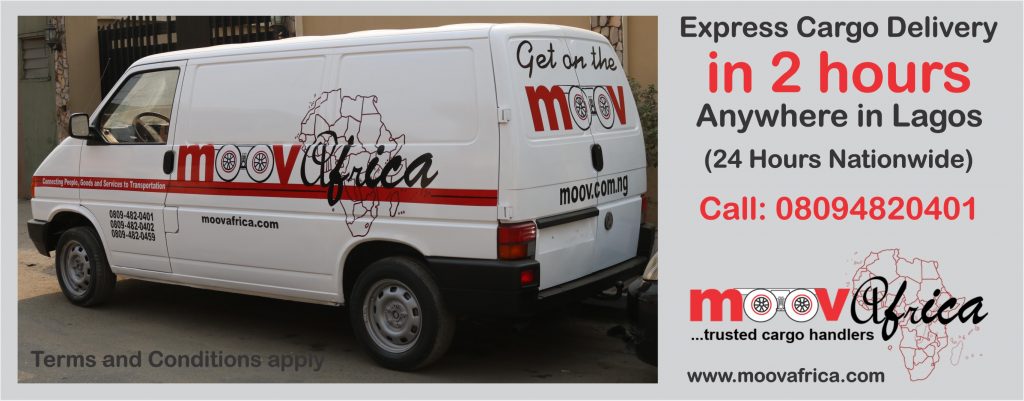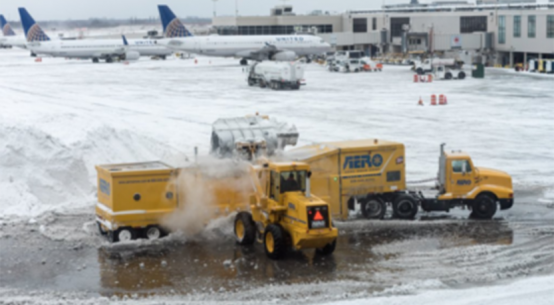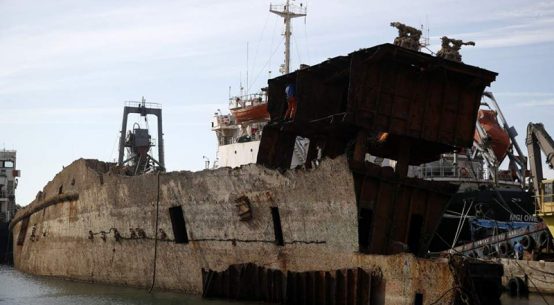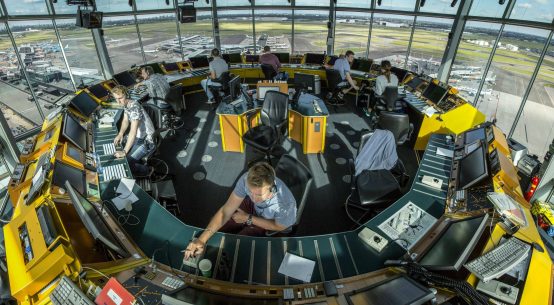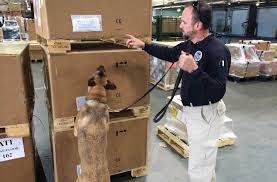
“We live and die by the clock. We never turn our back on it – never allow ourselves the sin of losing track of time,” says Chuck Noland, a time-obsessed efficiency expert for FedEx, in the opening sequence of the hit Robert Zemeckis movie “Cast Away.” He speaks to a group of trainees at the supposed opening of a company delivery facility in Moscow.
The words accurately describe the competitive challenge, not only for Tom Hanks’ character but also for an industry requiring delivery of shipments within specific deadlines as its key to survival. Unfortunately for forwarders and other regulated entities, two mandated automated government systems are creating roadblocks that slow progress and threaten their livelihoods.
In response to the Sept. 11, 2001, attacks on the United States, the Department of Homeland Security, through its Transportation Security Administration (TSA), implemented new rules to ensure the safety of domestic and international air travel in the United States.
The TSA requires each regulated entity, such as an air carrier or a freight forwarder, to ensure that a shipper is known before accepting its cargo for transport on a passenger aircraft. The agency developed its Known Shipper Management System (KSMS) in 2007 to automate the process of verifying the validity and the integrity of shippers.
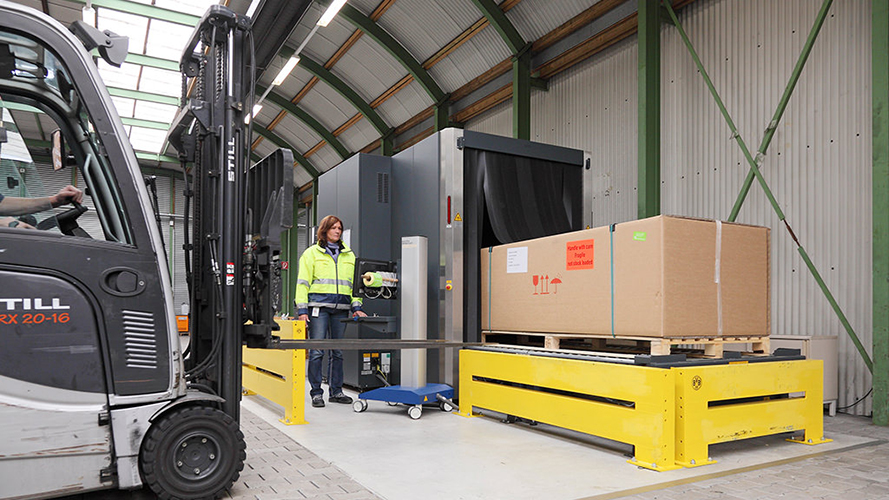
At about the same time, TSA developed its Indirect Air Carrier Management System (IACMS), a management system used by TSA to approve and validate new and existing indirect air carriers. The platform also facilitates the communication of sensitive information, as well as provides a venue for indirect air carrier renewals and security threat assessment processing.
The KSMS replaced the “Known Shipper Database,” a legacy system that had served as an electronic repository for manually vetted shippers before then. Under the KSMS, TSA now conducts the vetting of domestic shippers and determines which shippers qualify for “known” status. Regulated entities must now use the system as the primary method for establishing and verifying known shippers.
Freight forwarders and other regulated entities wishing to fly cargo on passenger flights primarily depend on the KSMS to vet newly acquired customers and existing ones who move or expand to new business locations. In a business continually racing against the clock to catch flights so as to assure fast delivery of essential cargo such as life-saving pharmaceuticals, biologicals and vital factory parts, rapid and reliable shipper vetting is critical.

An Office of the Inspector General report in 2009 indicated that TSA officials and the KSMS development contractor knew and informed the agency that technical problems existed between the intended functional requirements and the TSA’s existing platform. However, despite a significant facelift to the KSMS in 2016 and IACMS last year, technical issues still linger in both systems today, delaying employee processing and the known-shipper vetting process while hampering access to passenger flights for forwarders and other regulated entities.
Many users contend the new layout and increased security access provided no significant operational enhancements and created a substantial amount of error messages and significantly slower performance. Both systems work, but the response times and turnarounds are much too slow to meet the demands of today’s expedited supply chains. The IACMS and KSMS are lacking in that regard and put forwarders and the passenger carriers they rely on at a competitive disadvantage. While the systems effectively achieve their stated goals, trade is moving at an ever-faster pace, and both are acting as anchors.
The recent surge in the global economy, along with increased air cargo volumes resulting from the e-commerce megatrend, reminds us that delivery speed and predictability remain the foundations of our industry. Automation is an essential component to compete in an increasingly technical environment where customers expect quick information and interaction. Freight forwarders and other regulated entities continue to commit substantial financial and human resources to ensure the safety and security of shipments traveling on both domestic and international airlines. The industry believes in partnering with the TSA to provide feedback on potential security program enhancements and on functionality changes to automation systems.
Now is the time for the Department of Homeland Security to increase its investment in more robust KSMS and IACMS platforms that are capable of addressing current operational issues and preparing for future security-related data demands. Working together, we can continue to ensure high levels of security and reduce cycle times. The best systems reflect design from the user perspective. As the clock continues to tick, the industry stands ready to work with the TSA to streamline processes while maintaining the highest possible security standards.
